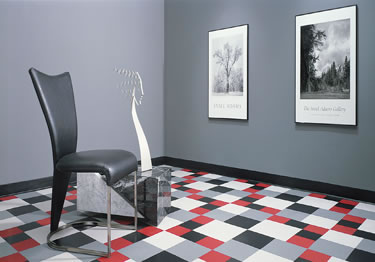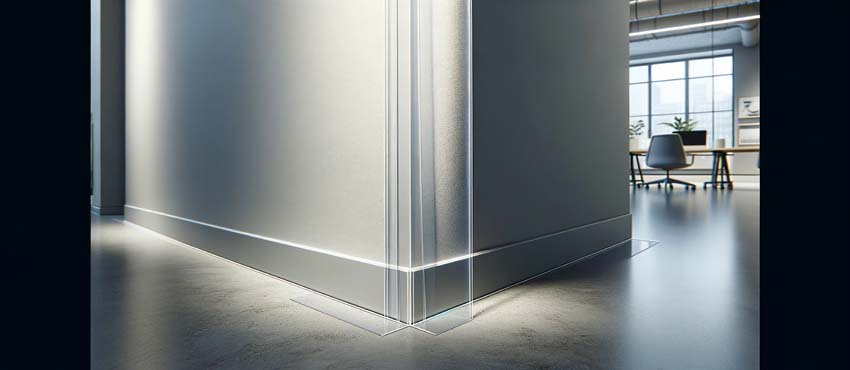 Cove moldings serve to complete the area where the wall and ceiling meet, featuring a concave profile often utilized as corner guards or to conceal joints in a house’s interior. They can also be applied at the transition of a shelf.
Cove moldings serve to complete the area where the wall and ceiling meet, featuring a concave profile often utilized as corner guards or to conceal joints in a house’s interior. They can also be applied at the transition of a shelf.
Craftsmen primarily measure the width and length of cove molding profiles, creating them from soft wood, vinyl, or plaster materials like paper-faced plaster or plaster of Paris. Paper-faced plaster is the preferred choice for domestic use. Recently, manufacturers have started making some molding profiles from expanded polystyrene with a cement-based protective coating, raising concerns about environmental and health issues due to its non-biodegradable nature and potential harm to marine life.
Installation of cove moldings is straightforward, requiring painting before attaching.
To attach, a drill is used, followed by plaster to cover the nails, and finally, painting over the plaster.
Installing cove molding profiles may seem daunting, but it’s a rewarding endeavor that can transform your living space. Before attaching the molding, applying a coat of paint is crucial for a polished finish. A drill and plaster are then employed to securely attach the molding while ensuring a seamless appearance. This step-by-step process makes the installation accessible to homeowners, allowing them to take control of their interior decor.
Cove molding profiles come in various shapes, with the concave shape being the most common, resembling a quarter circle. Other examples include the Egg and Dart, Dentil, Rope, Roman Vine, Floral, and Victorian Gothic, among others. One can choose a profile that suits their existing interior.
